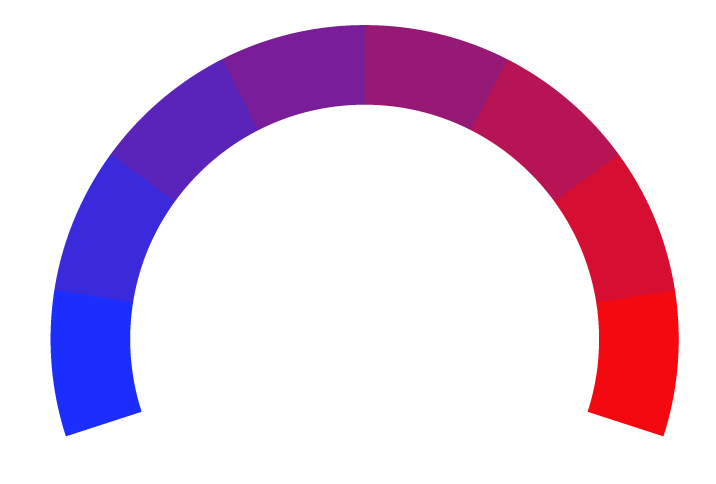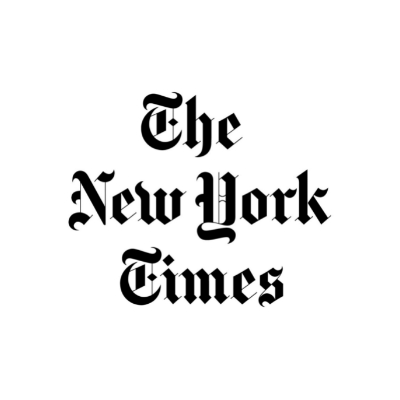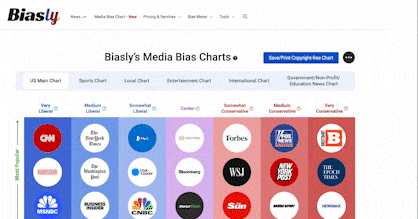As Congress Debates Cutting Medicaid, a Major Study Shows It Saves Lives
- Bias Rating
- Reliability
90% ReliableExcellent
- Policy Leaning
10% Center
- Politician Portrayal
N/A
Continue For Free
Create your free account to see the in-depth bias analytics and more.
By creating an account, you agree to our Terms and Privacy Policy, and subscribe to email updates.
Bias Score Analysis
The A.I. bias rating includes policy and politician portrayal leanings based on the author’s tone found in the article using machine learning. Bias scores are on a scale of -100% to 100% with higher negative scores being more liberal and higher positive scores being more conservative, and 0% being neutral.
Sentiments
-1% Negative
- Liberal
- Conservative
| Sentence | Sentiment | Bias |
|---|---|---|
Unlock this feature by upgrading to the Pro plan. | ||
Reliability Score Analysis
Policy Leaning Analysis
Politician Portrayal Analysis
Bias Meter
Extremely
Liberal
Very
Liberal
Moderately
Liberal
Somewhat Liberal
Center
Somewhat Conservative
Moderately
Conservative
Very
Conservative
Extremely
Conservative
-100%
Liberal
100%
Conservative

Contributing sentiments towards policy:
55% : The expansion of Medicaid has saved more than 27,000 lives since 2010, according to the most definitive study yet on the program's health effects.53% : Health economists not involved with the study described the work as the most convincing evidence to date that Medicaid -- and health insurance in general -- saves lives.
51% : The research showed some mental health improvements after two years among people who had gained Medicaid, but no statistically significant change in physical outcomes.
50% : Sarah Miller, a University of Michigan economist who has studied the health effects of Medicaid, said she was particularly struck by the new findings on younger enrollees, who accounted for 29 percent of the 27,400 lives saved.
50% : But that started to change in 2014, when Obamacare offered states generous federal funding to expand coverage.
50% : "Giving everyone Medicaid would be meaningful, but there would still be a huge gap," Dr. Wyse said.
49% : Sarah Kliff and Margot Sanger-Katz have covered the political and legal debates over Medicaid expansion, and research into its health impact, for more than a decade.
49% : "It's an important scientific contribution that helps us think about the magnitude of what Medicaid does," said Amy Finkelstein, a health economist at the Massachusetts Institute of Technology who was not involved in the research.
47% : Another study, comparing uninsured Americans with people who bought coverage on the Affordable Care Act marketplaces after being randomly selected to receive a reminder letter, also found that those who bought insurance were less likely to die.
45% : By analyzing federal records on 37 million Americans, two economists found that deaths fell not only among older enrollees but also among those in their 20s and 30s -- a group often assumed to have few medical needs, and who would have been far less likely to qualify for Medicaid before the expansion.
45% : More recent research found a decline in deaths among older or sicker adults who had gained Medicaid, but it did not examine health benefits for younger enrollees.
45% : The study also noted the limitations of Medicaid.
43% : Poor adults who gained Medicaid coverage after the Affordable Care Act expanded access were 21 percent less likely to die during a given year than those not enrolled, the research shows.
38% : The findings were published this month in a National Bureau of Economic Research working paper, as House Republicans were drafting a plan that could significantly cut Medicaid, which covers 71 million low-income or disabled Americans.
38% : Covering all poor people with Medicaid would shrink that disparity by only about 5 to 20 percent.
36% : Previous research showing that Medicaid can save lives was conducted on a much smaller scale and mostly reflected data on older, sicker populations.
*Our bias meter rating uses data science including sentiment analysis, machine learning and our proprietary algorithm for determining biases in news articles. Bias scores are on a scale of -100% to 100% with higher negative scores being more liberal and higher positive scores being more conservative, and 0% being neutral. The rating is an independent analysis and is not affiliated nor sponsored by the news source or any other organization.























 NY Times
NY Times